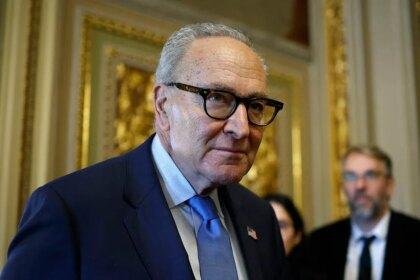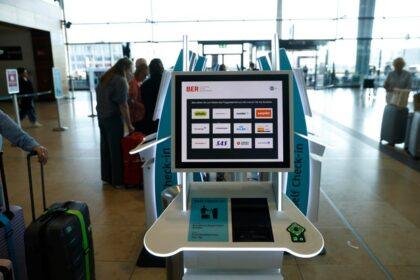NIA Charges Eight More in 2020 Narco-Terror Network Case
Overview of the Case
In a significant development in the ongoing investigation into a transnational narco-terror network, the National Investigation Agency (NIA) has filed an eighth supplementary chargesheet against eight additional accused individuals. This case, which has drawn attention due to its implications for national security, revolves around the smuggling of drugs from Pakistan into India, specifically targeting Gujarat via maritime routes. The NIA’s findings suggest that the operation was not merely a drug trafficking scheme but was intricately linked to financing the Pakistan-based terrorist organization, Lashkar-e-Taiba (LeT).
Key Accusations and Individuals Involved
The NIA’s chargesheet, submitted to a special court in Ahmedabad, identifies several key figures in this complex web of narco-terrorism. Among those named are Simranjit Singh Sandhu, based in Italy; Tanveer Bedi, residing in Australia; and Ankush Kapoor, who operates within India. The agency has presented extensive digital, technical, and documentary evidence to substantiate its claims.
The case centers on the smuggling of approximately 500 kilograms of heroin, which was reportedly transported from Pakistan to Gujarat before being distributed to Punjab. The proceeds from these illicit activities were allegedly funneled to support LeT’s operations, raising alarms about the intersection of drug trafficking and terrorism.
The Narco-Terror Conspiracy
The NIA’s investigation has revealed that the narco-terror conspiracy extends beyond Indian borders, involving multiple countries, including Italy, Australia, the UAE, Pakistan, Iran, and Thailand. This international dimension underscores the complexity of the issue, as it highlights the global networks that facilitate such operations.
Ankush Kapoor has been identified as a pivotal figure in managing the on-ground activities of the syndicate in Punjab. His responsibilities included coordinating logistics, storage, and local distribution of the drugs, as well as facilitating funding for both domestic and international operatives. The NIA has indicated that Kapoor’s role was crucial in maintaining the operational flow of the network.
Simranjit Singh Sandhu and Tanveer Bedi also played significant roles in organizing the transportation and processing of the drugs, as well as managing the financial aspects of the operation. Bedi, in particular, was noted for his involvement in transferring the proceeds from drug sales through international hawala channels, a method often used to evade detection by authorities.
The Role of Pakistani Nationals
The chargesheet also names Tariq, a Pakistani national, who is alleged to have coordinated the smuggling operations into India. His involvement included overseeing the transportation of heroin and ensuring its distribution within Punjab. The NIA’s findings suggest that he was instrumental in channeling the proceeds to support LeT operatives, further complicating the nexus between narcotics and terrorism.
Other individuals charged include Gagandeep Singh Arora, a hawala operator currently on the run, and several others who have been implicated in the broader conspiracy. The NIA has reported that a total of 26 individuals have been arrested in connection with this case, while eight remain absconding.
Ongoing Investigations and Future Implications
The NIA has emphasized its commitment to dismantling this narco-terror syndicate and is actively pursuing leads to track down the absconders. The agency’s efforts are part of a broader strategy to combat the growing nexus between drug trafficking and terrorism, a concern that has been echoed by various security agencies in India.
Historically, the relationship between narcotics and terrorism has been a persistent issue in South Asia. The funding of terrorist activities through drug sales has been documented in various conflicts, particularly in regions where law enforcement is weak. The current case serves as a stark reminder of the challenges faced by authorities in combating these intertwined threats.
Conclusion
The NIA’s recent charges against eight more individuals in the 2020 narco-terror network case highlight the ongoing battle against the dual threats of drug trafficking and terrorism. As investigations continue, the implications of this case extend beyond the immediate arrests, raising critical questions about national security and the effectiveness of international cooperation in tackling such complex issues. The agency’s determination to dismantle this syndicate reflects a broader commitment to safeguarding the nation from the multifaceted dangers posed by organized crime and terrorism.










